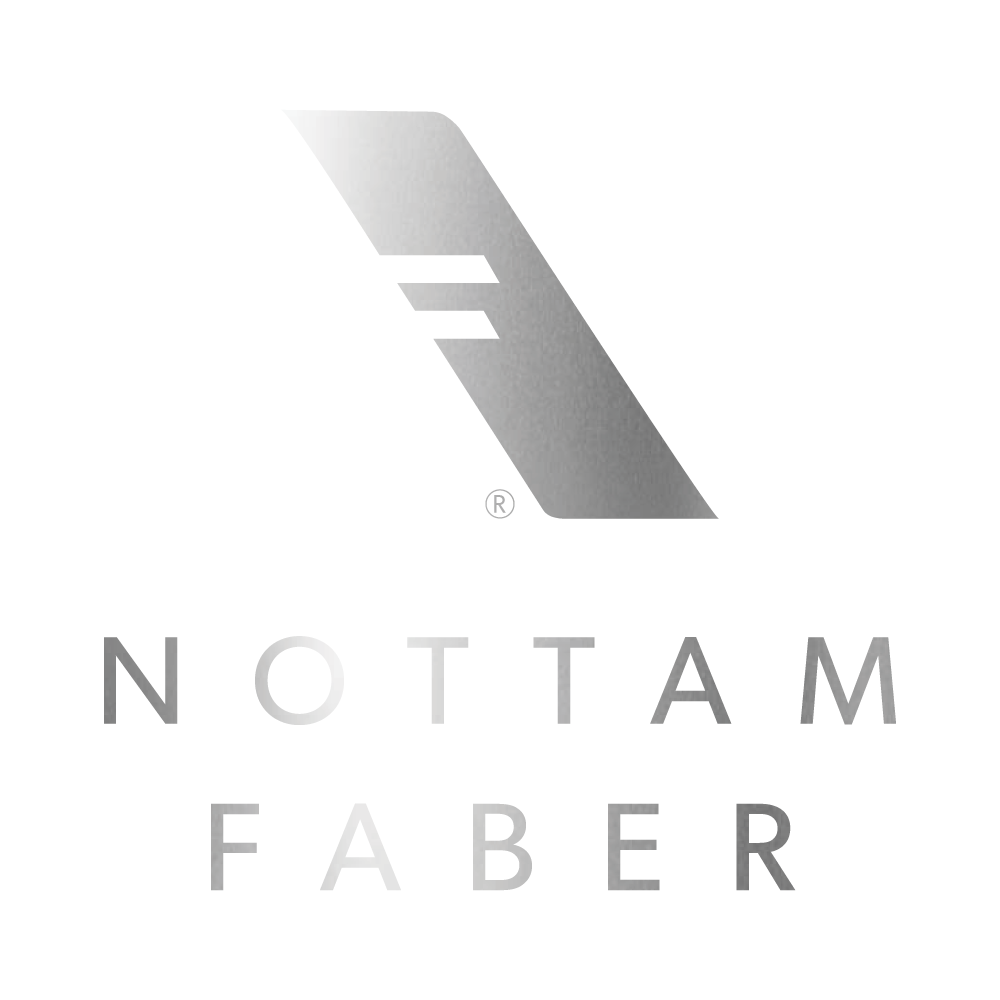The Big Three
NON-DESTRUCTIVE TESTING
What is Nondestructive Testing?
Nondestructive Testing (NDT) methods aid the human eye in identifying defects, discontinuities, and differences in part characteristics without impacting the integrity of the test piece. A total of 15 different test methods are recognized by The American Society for Nondestructive Testing (ASNT), each method utilizing different techniques and forms of energy to reveal material anomalies.
NDT methods are capable of locating discontinuities in welded, forged, cast or machined products. The methods are also capable of detecting differences in material characteristics such as hardness, conductivity, permeability and material composition in these same product forms. Testing may be performed during manufacturing, while a part is in-service or through repair and overhaul.
As the name implies, nondestructive test methods will not impact the intended use or service-life of the part.
Liquid Penetrant
What methods of liquid penetrant inspection are performed at Nottam Faber and what defects may be detected?
Liquid Penetrant (PT/FPI) is a test method used to reveal defects open to the surface by measuring the bleed-out of colored, or fluorescent dye. Penetrant fluids are drawn into flaws by capillary action and trapped inside while excess penetrant is removed. The penetrant is then pulled back to the surface by aid of a developer. The “blotting” action of a developer forms indications on the surface which are measured and evaluated against an appropriate acceptance criteria.
Penetrant fluids and developers are supplied in various types and sensitivity levels allowing for the method to be tailored to your exact needs. Industrial applications such as construction, structural welding, and power generation make use of visible dye penetrants (Type II), utilizing their portability to meet inspection requirements. The aerospace, defense and medical industries require higher sensitivity levels, thereby restricting penetrant selection to fluorescent techniques only (Type I). Fluorescent penetrant techniques utilize ultraviolet lighting and fluorescent dyes to enhance the operator’s level of visual acuity.
What materials can be processed?
Liquid penetrant is one of the most versatile and widely used methods of NDT. The methods appeal is attributed to ease of use, and the flexibility it provides when it comes to the material types and industries to which it is applied. Liquid penetrant is widely accepted by the aerospace, defense, power generation, medical and commercial industries as a final inspection method for the presence of flaws open to the surface on nonferrous components. Penetrant testing methods can be used on nearly any surface as long as it’s not too rough or porous. Porous or rough surfaces absorb penetrant and inhibit its removal, causing an overall fluorescent background which diminishes the sensitivity of the test. Additionally, penetrant inspection should be performed prior to any type of anodize process due to anodized materials exhibiting a high background fluorescence barrier.
Commonly inspected materials include uncoated metals, glass, fired ceramics, rubber, and plastic.
Which industry standards do your processes meet?
Our processes meet the requirements of the aerospace industry standard ASTM E 1417, as well as the industry standard for general applications ASTM E 165. For compliance to other standards, or specifications, please contact our team at hello@nottam.com.
Prepenetrant Etch
When do I need to include Prepenetrant etch as part of the inspection process?
Processing requirements are typically specified on a part drawing, inspection plan, or referenced within the part specific procedure. Because the need for etching is dependent on prior processing, disclosure of the previous manufacturing processes applied to each part is required.
Prepenetrant etch may be performed as referenced in ASTM E 1417, or the process may be aligned to meet customer specifications. Considering the absence of any industry standard for prepenetrant etch, the variables of each penetrant order should be reviewed by a penetrant Level III prior to contract acceptance. Our subject matter experts are available to ensure proper etch process selection through complete review of previous processing and evaluating the effects etching would have on maintaining dimensional tolerance requirements.
What is prepenetrant etch?
Operations such as polishing, buffing, blasting, grinding, and milling displace metal and create the risk for surface defects to be smeared over. Prepenetrant etch is a surface preparation process which utilizes an acid bath to remove smeared metal prior to penetrant testing. The etch process will remove .00002” - .00007” per surface, allowing for smeared metal to be removed while maintaining tight dimensional tolerance.
Magnetic Particle
What methods of magnetic particle inspection are performed at Nottam Faber and what defects may be detected?
Magnetic Particle (MT/MPI) testing utilizes electromagnetism to establish a magnetic field within, or around a test piece. Following verification of magnetic field direction and strength, magnetic particles are applied to a parts surface which form indications in areas of magnetic flux leakage.
Magnetic flux leakage occurs anywhere there is an interruption in the normal surface of a part (i.e., cracks, laps, seams). Magnetic poles are formed on each end of the discontinuity, causing magnetic particle attraction and the formation of indications. Indications of magnetic particle buildup are then measured against an appropriate acceptance criteria to determine part acceptability.
What materials can be processed?
Magnetic particle tests can be applied to various product forms and shapes destined for use in almost any industry. The main question to be answered prior to magnetic particle inspection is whether a part can be magnetized? Only ferrous products manufactured from iron, cobalt, nickel and steel are suitable for magnetic particle inspection, as are some ferritic and martensitic stainless steels. Austenitic stainless steel, aluminum, titanium and other non-ferrous materials do not allow for the establishment of a magnetic field and must be tested by another NDT method. (See Liquid Penetrant above)
Which industry standards do your processes meet?
The inspection methods performed at Nottam Faber meet the requirements of the aerospace industry standard ASTM E 1444, as well as the general industry requirements defined by ASTM E 3024 and ASTM E 709. For verification of compliance to other standards, or specifications please contact a member of our team at hello@nottam.com.


